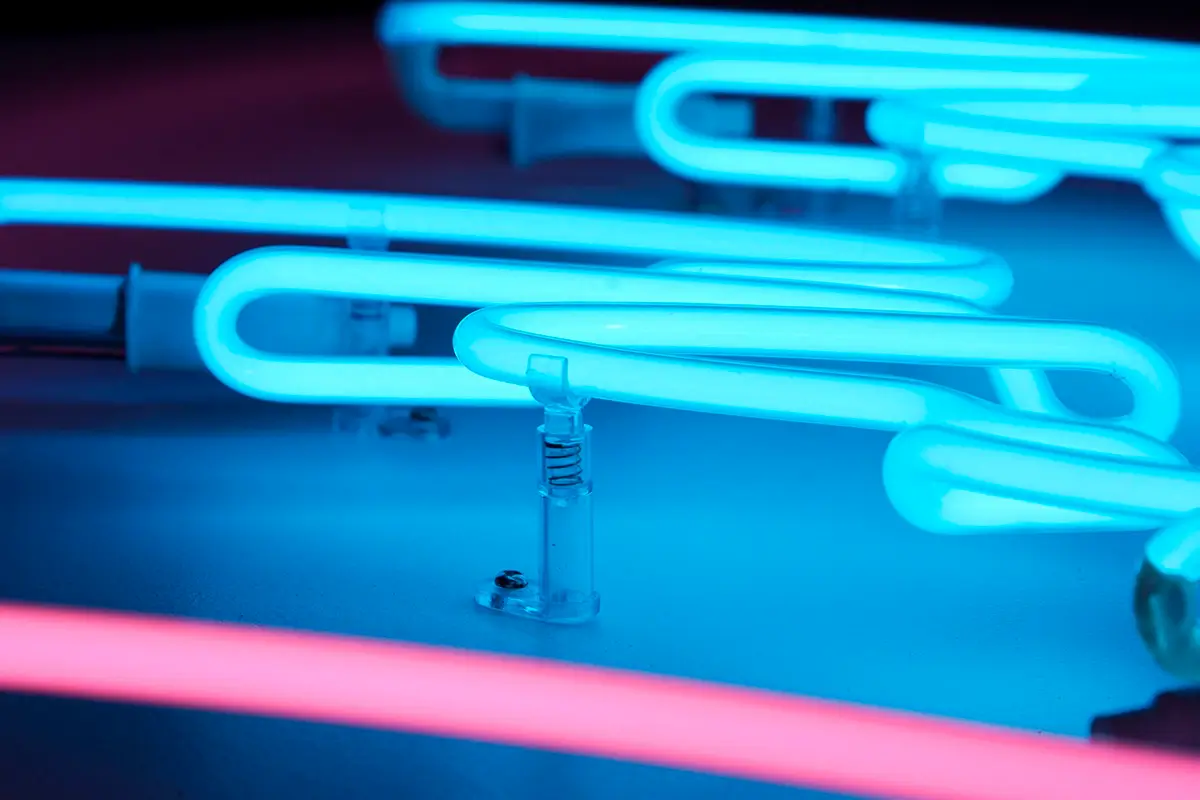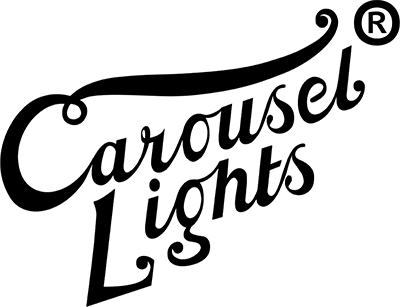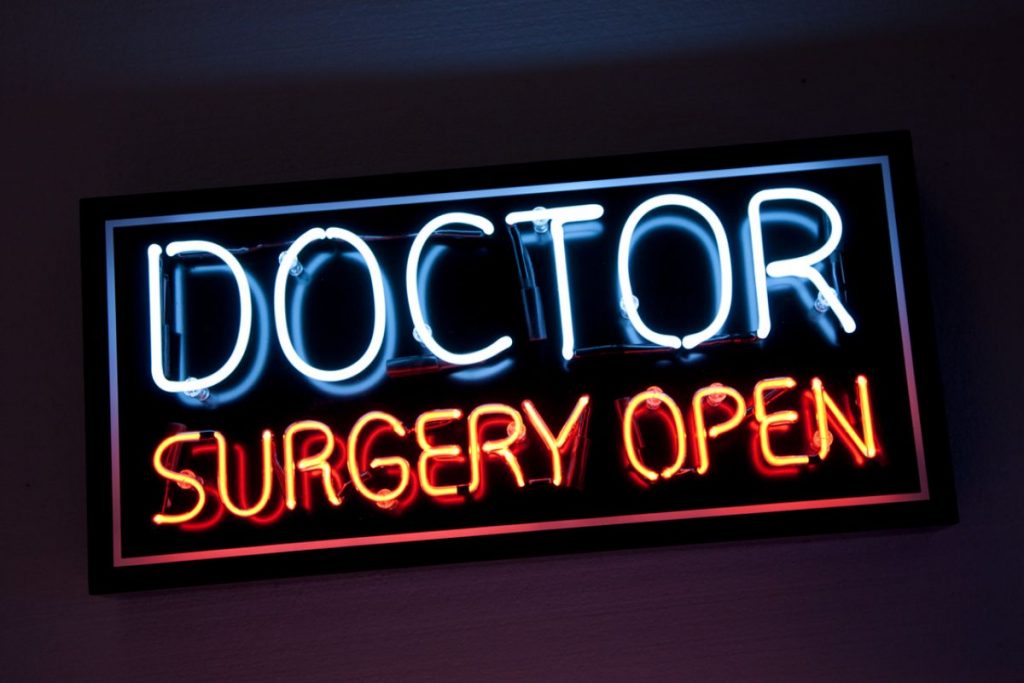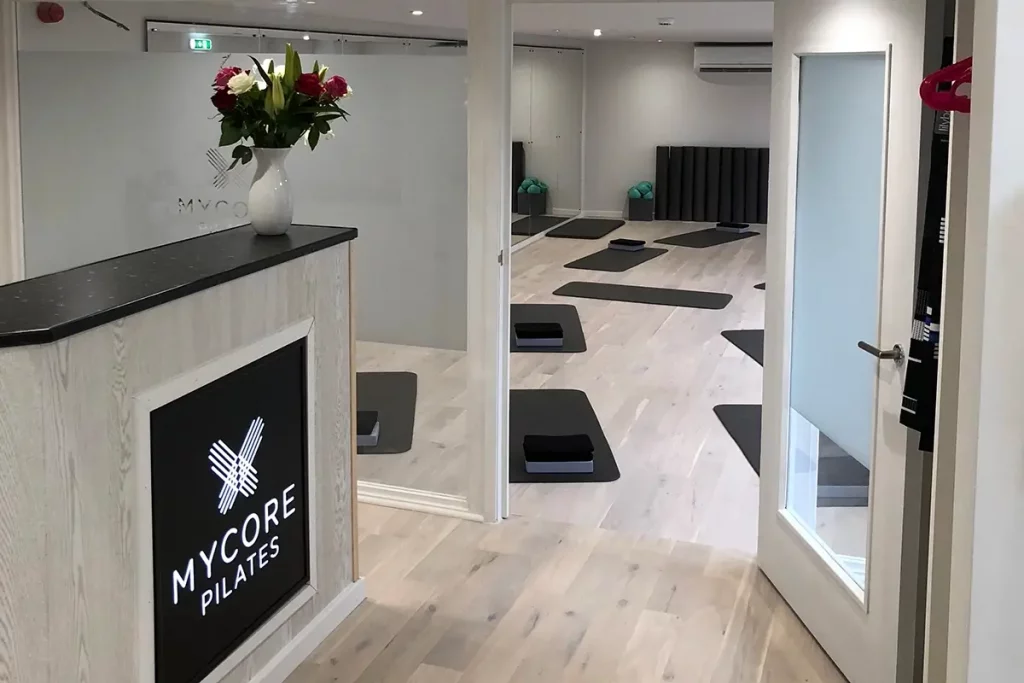
What is Neon used for?
Neon refers to bright, bold signs used to illuminate spaces and draw the attention of passers-by. For decades, they have played a significant role in pop culture, business promotions, and more. Real neon signs, also known as traditional glass neon, are hand-bent glass tubes filled with neon or argon gas. Today, there are also alternatives to real neon signs in the form of replica neon, created with energy-efficient LED lights to produce a similar effect.
An odourless and colourless inert gas, neon gas has a host of different applications. In this piece, we discuss what neon gas is used for.
Neon Signs and Advertising
Neon signs have been used for promotional and marketing purposes for decades. As these signs emit a vibrant and eye-catching glow, they are used by storefronts, bars, pubs, clubs, restaurants, hotels, and more to raise brand awareness or advertise specific promotions. As the electric current moves through the traditional neon sign, it creates a glow bound to capture the eyes of those passing by.
High Voltage Indicators and Displays
The bright, illuminating glow of neon makes it ideal for high-voltage indicators, pilot lights, and display panels. On some appliances, you may notice small indicator lights that signal power status with a consistent glow.
Television Tubes and Lasers
You’ll also see neon used in some gas lasers, like helium-neon (He-Ne) lasers that produce a bright, red beam. Lasers like the above are used for scientific research, barcode scanners, and, of course, laser pointers. In the earliest line of television sets, neon gas was used in the design, before LCD and LED screens began to dominate the market.
Where Are He-Ne Lasers Used?
Helium-Neon lasers are used for:
- Barcode Scanners (In supermarkets, libraries, and other store types)
- Laser Pointers (Modern lasers, however, often use diodes)
- Holography (This is for creating 3D holograms)
- Scientific Research (For optics and physics experiments)
- Alignment Tools (Specifically in precision manufacturing)
While newer laser technologies such as diodes have begun to dominate the market, helium-neon lasers are still a viable option, as they are reliable, cost-effective and stable. As such, they are perfect for laboratories, retail, and hospitality.
Cryogenics and Cooling Applications
Liquid neon is a reliable cryogenic refrigerant, which essentially means it can be used to cool things down to incredibly low temperatures when necessary. Its cooling capacity is 40 times as effective compared to liquid helium, making it perfect for superconductors and particle accelerators among other advanced scientific tools and equipment.
Why Neon?
- Extremely Low Boiling Point: Liquid neon has a boiling point of -246° C (-411°), which makes it particularly well-suited to ultra-cold environments.
- High Refrigeration Capacity: As neon has 40 times the cooling capacity of liquid helium and three times the cooling capacity of liquid hydrogen, it stands out as a reliable and effective cooling agent.
- Non-Toxic and Inert: Neon does not react with materials, unlike many of the other refrigerants, making it perfectly safe for sensitive applications.
Where is Liquid Neon Used for Cooling?
Neon is often used to cool superconducting magnets in advanced tools such as MRI machines, particle accelerators, and quantum computing. Neon also helps to maintain extremely low temperatures in infrared sensors and space instruments and is, therefore, often used in aerospace and spacecraft systems. Additionally, neon is often used in cryogenic research for scientific experiments that require extreme cooling.
While helium remains a more commonly used gas, neon is a powerful alternative, especially when high-cooling efficiency is required.
Aerospace Applications
Occasionally, neon is used in aerospace applications, most notably in instruments that need to perform reliably under extreme conditions. The extremely low boiling point, stability, and inert nature of neon make it incredibly useful. You’ll also find it used in specialised lightning arresters to help protect buildings and power lines from electrical surges.
Cryogenic Cooling in Spacecraft
Liquid neon is used to cool infrared sensors and scientific instruments on satellites and spacecraft, as neon is far more efficient at cooling than liquid helium and, therefore, well-suited to long-duration space missions.
Inert Atmosphere for High-Tech Equipment
Often, aerospace components require an oxygen-free environment to safeguard against oxidation and contamination. During the manufacturing and operational process, neon is used as a protective gas.
Plasma Displays and Navigation Systems
Neon gas is also used in certain, specialised avionics displays and plasma screen technologies, specifically in aerospace control panels.
Lightning Protection
The purpose of lightning arrestors is to protect buildings, electrical grids, and power equipment from surges caused by lightning strikes. GAS Discharge Tubes (GDTs) use neon gas in tiny gas-filled tubes found on the inside of surge protectors and lightning arresters. As such, any time a high voltage surge occurs, such as from a lightning strike, the gas ionises and conducts electricity to safely redirect the surge away from sensitive electronics. Older aircraft systems also use neon-based discharge tubes to safely dissipate electrical build-up and decrease the risk of lightning damage.
Medical Imaging and Research
Neon isotopes are also used in medical imaging and research areas, often in tracer studies and respiratory treatments. They are, however, not as common as other noble gases like xenon and helium.
Neon Isotopes in Medical Research
In the medical research field, stable isotopes of neon, like neon-22 and neon-21, are used to examine metabolic processes and fluid dynamics in biological systems. The isotopes give researchers valuable insight into how the gas moves through the human body and how it interacts with the different tissues.
Cryogenic Cooling for MRI Mechanics
Neon, specifically liquid neon, is a powerful cooling agent and is used in cryogenic cooling systems for superconducting magnets in Magnetic Resonance Imaging (MRI) machines. While liquid helium is still more frequently used, liquid neon offers a reliable and efficient alternative at a more affordable price point and with a higher refrigeration capacity.
Biomedical and Plasma Research
In biomedical and plasma research, neon plasma studies give researchers insight into cellular interactions and biophysical processes. These studies can lead to major advances in the medical field, leading to more efficient and effective treatment options. Additionally, neon is used in laser applications related to medical diagnostics and treatment research.
Scientific Experiments and Particle Physics
Naturally, as neon is chemically inert, neon can be used in scientific research and experiments. The diverse gas plays a key role in particle detectors, helping scientists study subatomic particles and cosmic radiation to drive the field forward.
Neon: From Promotions to Scientific Experiments
While neon gas is best known for illuminating store fronts, building brand awareness and advertising new promotions, there are plenty of other uses for the noble gas. From aerospace equipment to medical research, this diverse element is incredibly useful across a range of different industries. While replica neon signs, such as LED signs, continue to rise in popularity, traditional neon will continue to contribute to multiple fields for years to come.
For all your neon needs, Carousel Lights is here. To learn more or bring your neon ideas to life, give us a call today!



